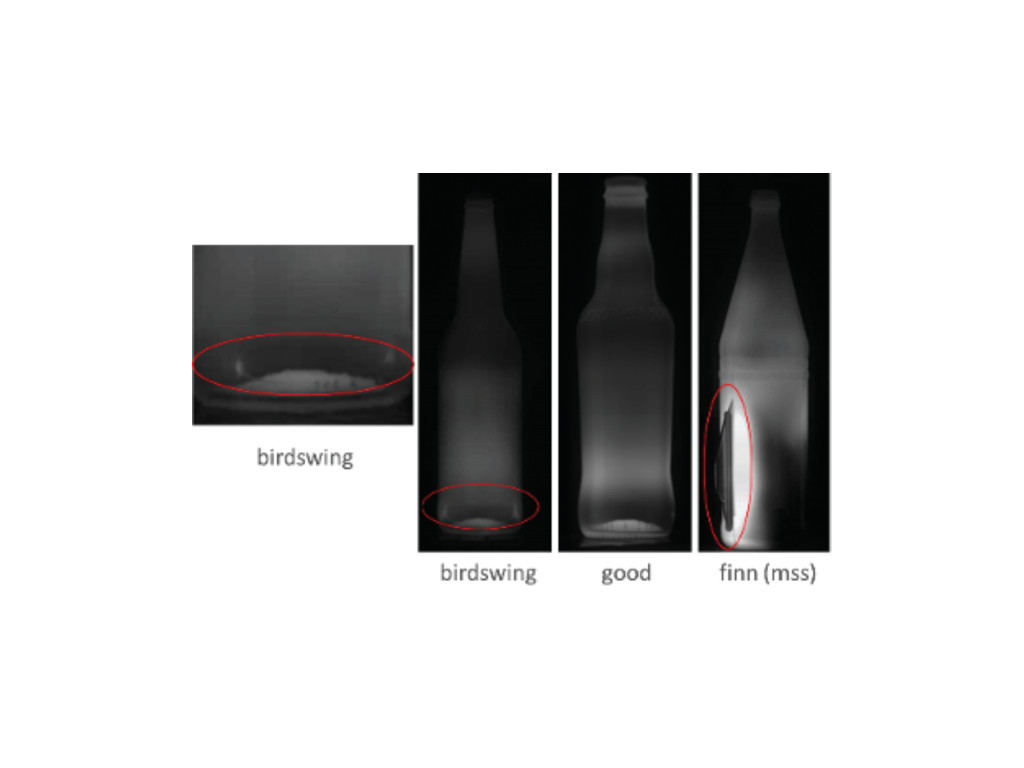Based on several customer requests, in recent months XPAR Vision has finalised the development of so-called Long Term Image Storage (LTIS).
The LTIS is marketed as an add on to XPAR Vision’s InfraRed Dual camera system (IR-D) for the inspection of all glass containers produced and monitoring the glass forming process.
Where in the standard IR-D, a maximum of 100,000 images of rejected bottles only are stored, with this LTIS feature, images from all containers passing the IR-D are stored, effectively two images per unit.
Millions of images
Upon the choice of the customer, storage can be organised on local hard disks or in the Cloud, for as long as the customer wants; up to 12 months and more.
Through the technology chosen, literally an ‘unlimited’ number of images can be stored. Logically, with the help of an XPAR viewer, the stored images are easy to retrieve. Images are presented in a grey scale or colour, as shown in figure 1.
Great value
Based on the first customers’ feedback, the main value of using LTIS are as follows:
- Track and trace: Support internal or external traceability on shorter and longer term. In case of internal use, the availability of all images including their time stamps allow for accurately determining of the minimum of held ware, as such dramatically reducing the numbers of units to resort. In case of external recalls, the same availability of all images allows users to identify the contaminated pallets precisely, with proof towards the customer and so potential damage can be managed and limited.
- Improve hot end settings and the alignment of hot end and cold end settings, as such improving on (internal) quality control and on (external) quality to the customer.
XPAR Vision develops and supplies hot end sensor and robot technologies for the purpose of making glass containers lighter and stronger, produced with zero defects at higher speed and with minimum human dependence.


